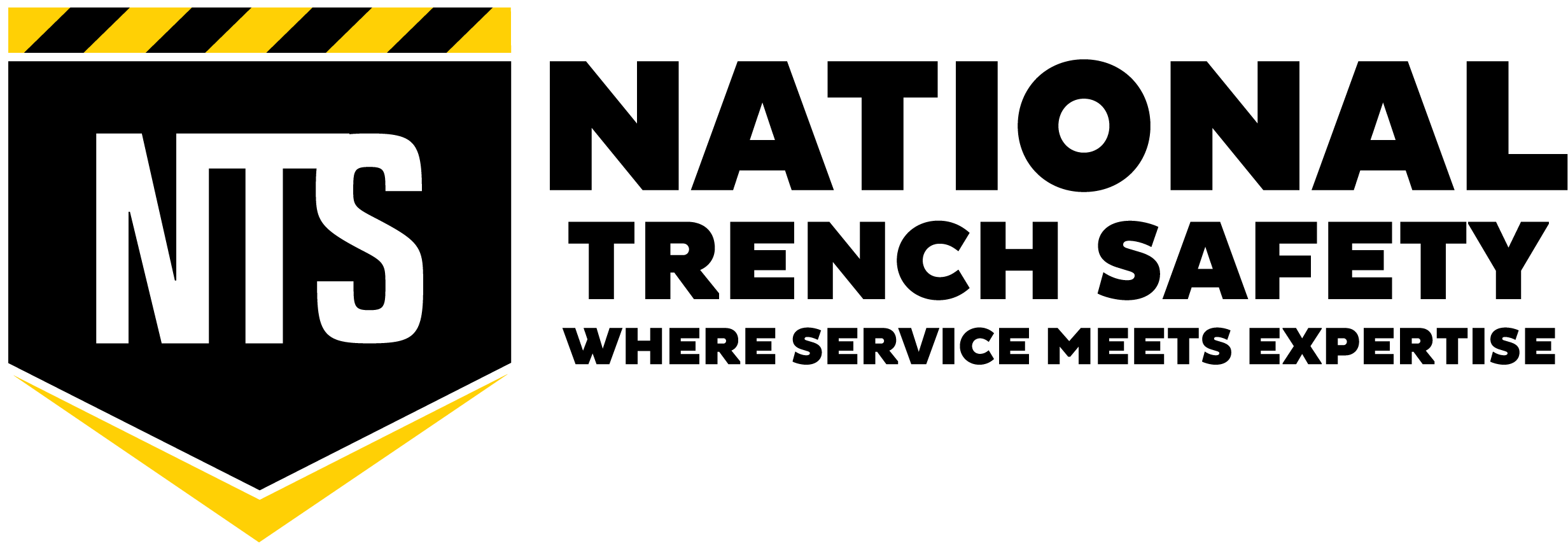Slide Rail System Provides Solution to Poor Soil Condition and Adjacent Structures
A development company in Eastern North Carolina was preparing a site for what will eventually become a waste disposal site. As part of the project, the contractor had to install the supporting infrastructure for the site. On this particular phase of the project, a subcontractor was installing an 18-in gravity groundwater interceptor drain. The contractor would be using a horizontal bore to install the 24-in case needed for the line. The bore pit would require a 12-ft wide, 32-ft long, and 12-ft deep pit to complete the installation. After reviewing the wet, sandy soil, the contractor had classified it as a Type C-80 with a water table around 2-ft. An existing outflow drain that was located about three feet from the eventual location of the bore pit provided an additional shoring system consideration for the contractor.
After reviewing potential options for the project, the contractor selected a slide rail system as it could address the job site challenges while balancing the productivity of the crew. Slide rail systems are installed in a “dig and push” method, meaning that the system can be installed with minimal soil disruption. The dig and push installation was  important on this project, as poor Type C soils have a tendency to ravel back into an excavation, which can lengthen the excavation timeline. In addition, soil raveling can create structural integrity concerns. Since the system is installed progressively, the soil didn’t shift and the existing outflow drain was not compromised during the length of the project.
important on this project, as poor Type C soils have a tendency to ravel back into an excavation, which can lengthen the excavation timeline. In addition, soil raveling can create structural integrity concerns. Since the system is installed progressively, the soil didn’t shift and the existing outflow drain was not compromised during the length of the project.
The slide rail system was also configured with a sheeting guide enclosure on one end to accommodate the necessary bore. The sheeting guide system installs similar to panels with steel sheets inserted through grooves in the sheet to provide the necessary soil support. These sheets can be placed around existing utilities, or in this case the boring machine’s path, in accordance with a site-specific trench safety plan. Of equal importance, the system was very functional for the contractor. Slide rail systems are designed to perform in poor, soil conditions like these and when combined with active 
dewatering promoted a very efficient installation and removal process. The contractor was able to set the two bay slide rail system in a little under two days, which allowed the crew to quickly move into performing the work required on the project. Once the work was completed the system was also removed very quickly.





